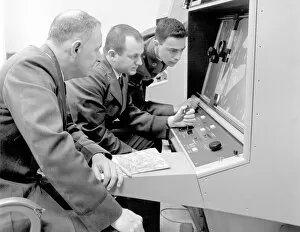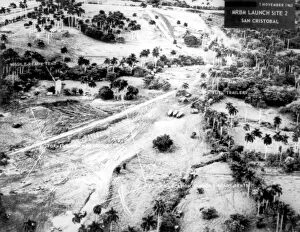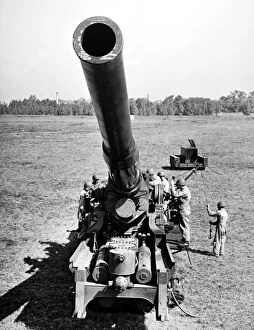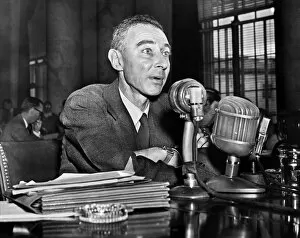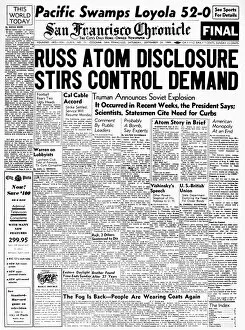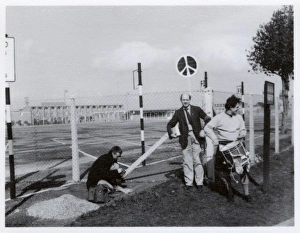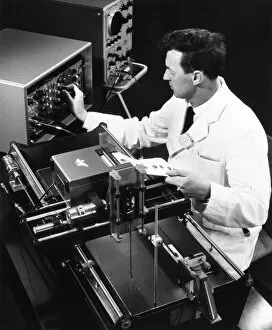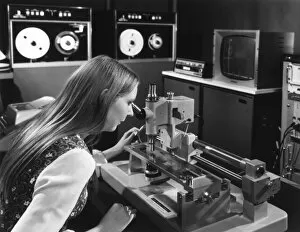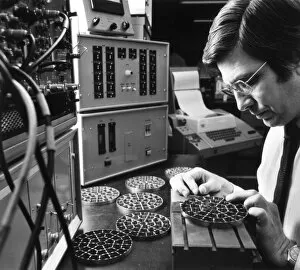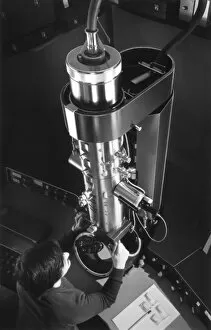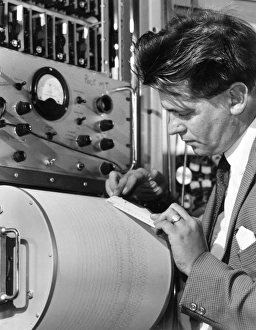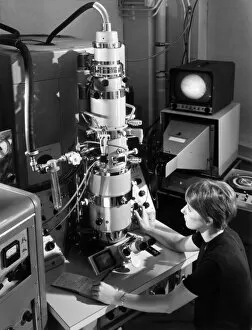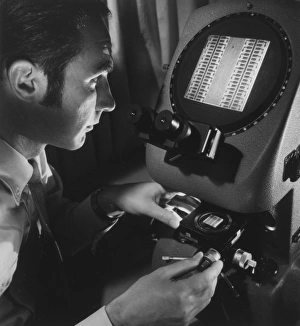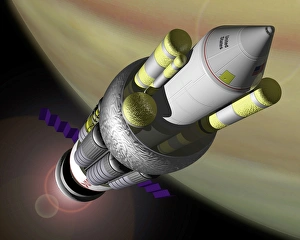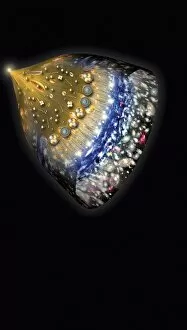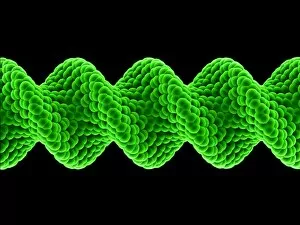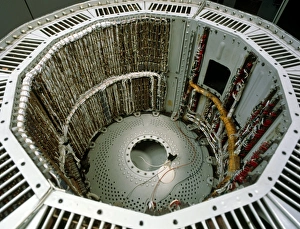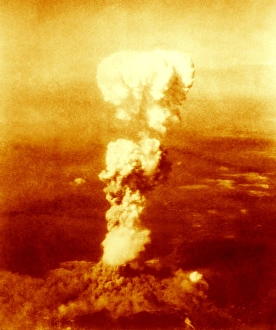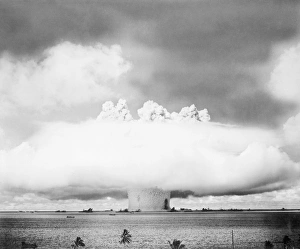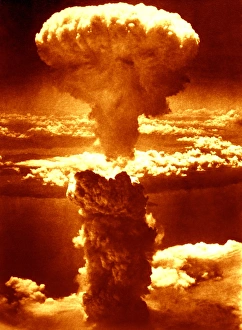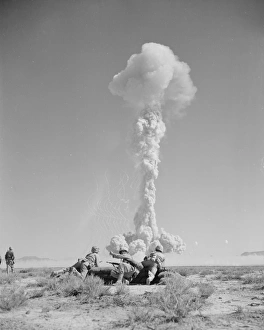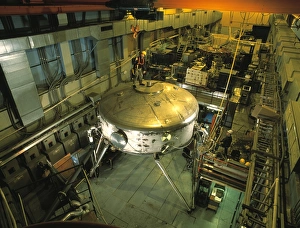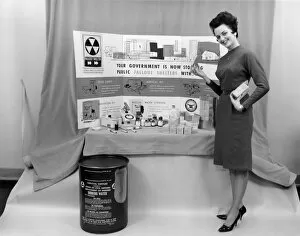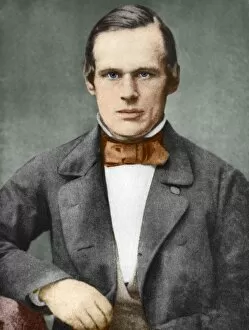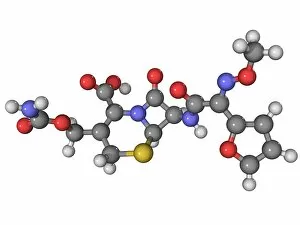Atomic Collection (page 9)
"Exploring the Atomic Realm: From Northern Lights to Particle Physics Experiments" Step into a world where science and art collide
All Professionally Made to Order for Quick Shipping
"Exploring the Atomic Realm: From Northern Lights to Particle Physics Experiments" Step into a world where science and art collide, revealing the wonders of the atomic realm. Just like the mesmerizing dance of the Northern Lights, atomic phenomena continue to captivate our imagination. In 1835, Dalton's Table Symbols laid the foundation for understanding matter at its most fundamental level. This groundbreaking work paved the way for countless discoveries in particle physics experiments, pushing boundaries and unraveling mysteries that were once unimaginable. As we delve deeper into fusion research with devices like tokamaks, we strive to harness the immense power locked within atoms. These scientific endeavors are not just confined to laboratories; they inspire awe-inspiring artworks that depict both beauty and complexity. From nuclear fission artwork depicting energy unleashed to HMS Conqueror's triumphant return after sinking an Argentine battleship during conflict - these moments remind us of how atoms can shape history. The quantized orbits of planets around their suns mirror electron orbits around nuclei – a testament to nature's harmonious patterns on both macroscopic and microscopic scales, and is through this delicate balance that life thrives in our universe. Even seemingly ordinary objects hold atomic secrets. Take an antidepressant molecule like Amitriptyline or an amino acid molecule such as Creatine – they represent breakthroughs in medicine and sports performance respectively, showcasing how atoms impact every aspect of our lives. Yet it is crucial not to overlook darker chapters in history. The haunting fallout from a 1957 nuclear test serves as a stark reminder of humanity's responsibility when dealing with atomic power. And who could forget about innovation? An "Atomic Motorbike" pushes conventional limits by infusing cutting-edge technology with sleek design – a symbol of progress fueled by human ingenuity. So let us embark on this journey through time and space, exploring all facets of what it means to be "atomic.

